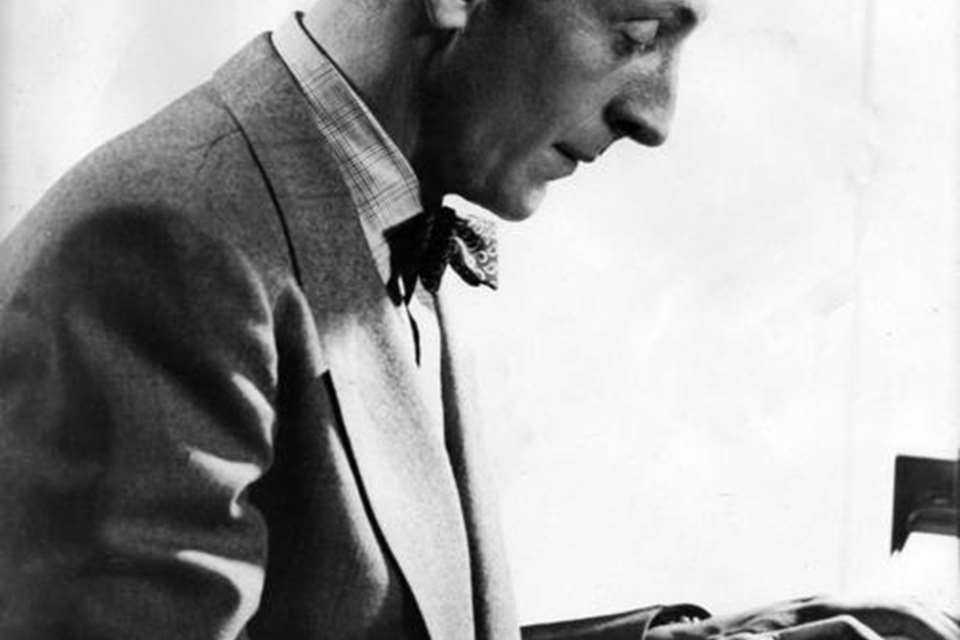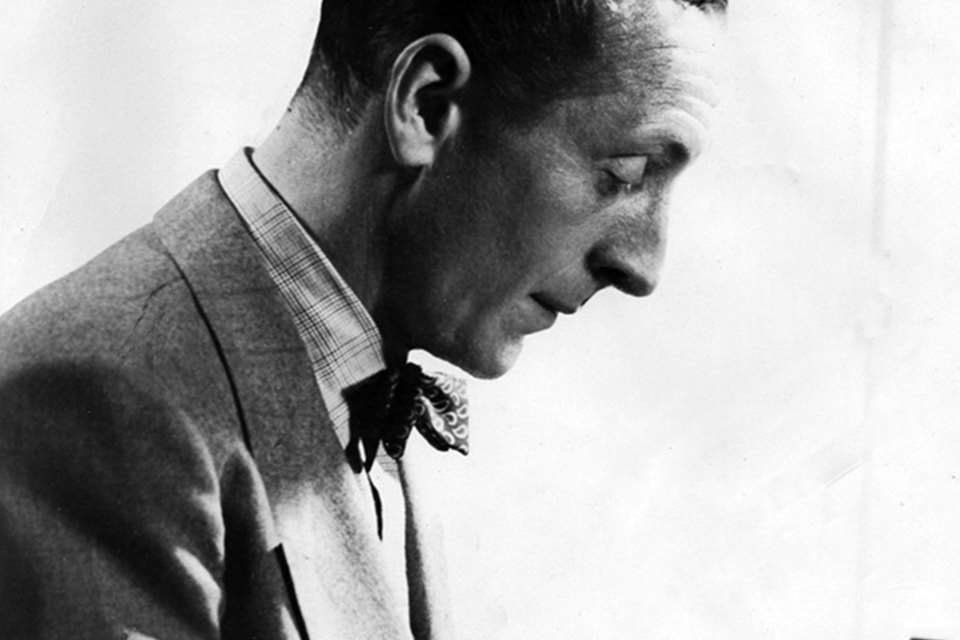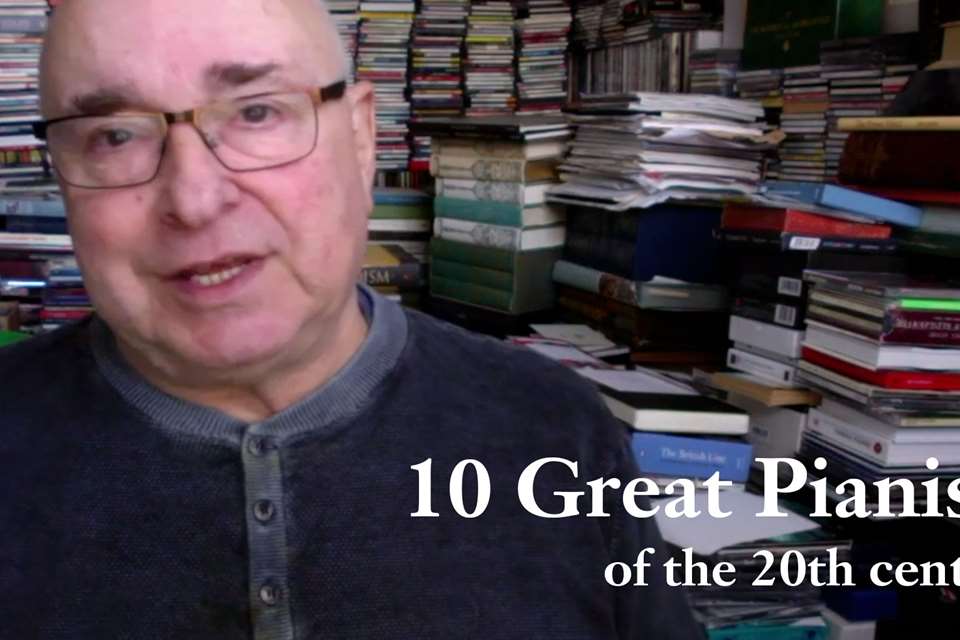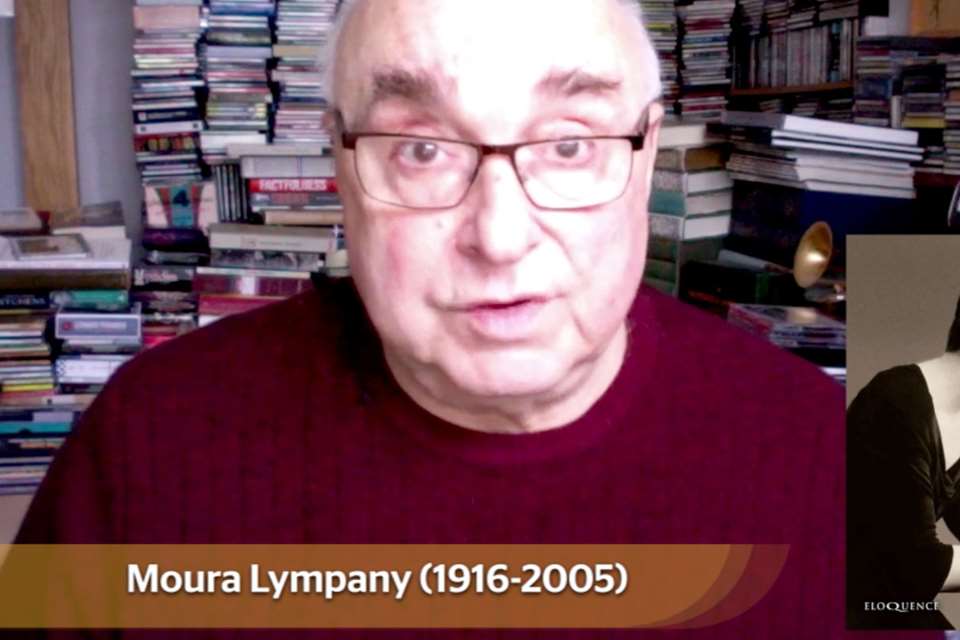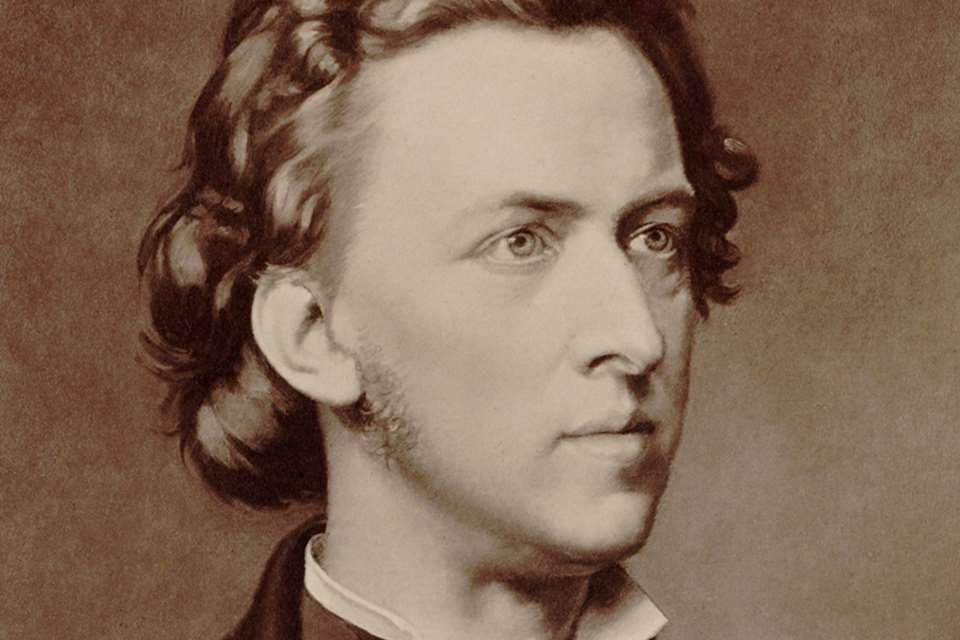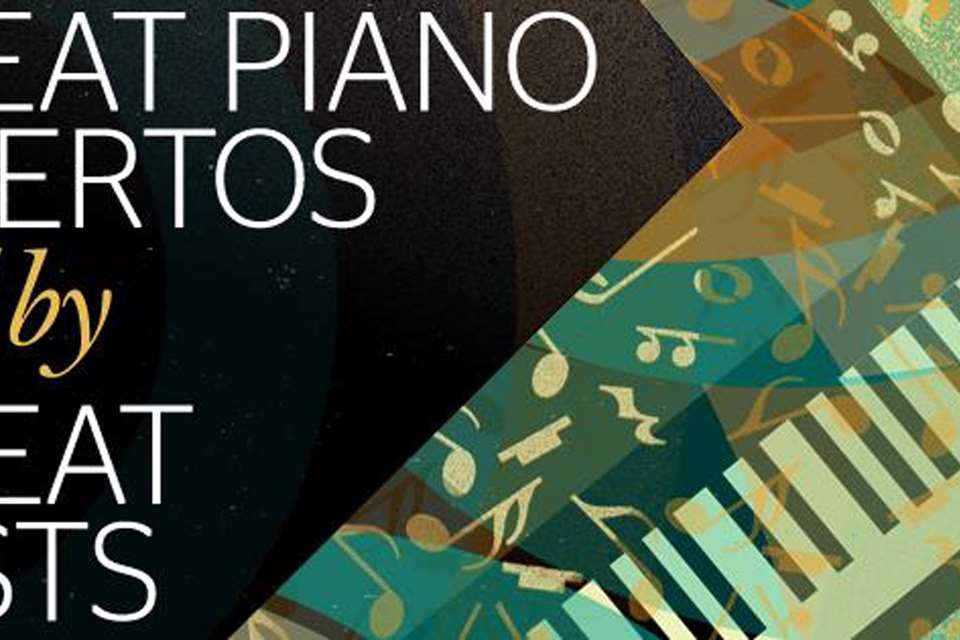Vladimir Horowitz: Our Contemporary
Michelle Assay
Friday, January 10, 2020
Michelle Assay celebrates the life and career of the controversial American pianist 30 years after his death – and makes a case for his relevance today
Register now to continue reading
Thanks for exploring the Gramophone website. Sign up for a free account today to enjoy the following benefits:
- Free access to 3 subscriber-only articles per month
- Unlimited access to our news, podcasts and awards pages
- Free weekly email newsletter




